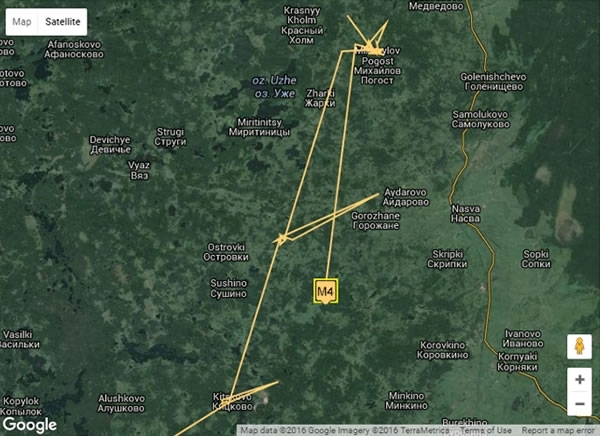By Chris Heward, Wetlands Research Assistant
Monkey IV has shown us an interesting titbit of woodcock behaviour; a short (c. 30 km) movement midway through the breeding season. This is not completely unheard of and we have occasionally had birds in the past do something similar. S/he’s been at this new southern site since 09/06/16 and has sent at least 5 accurate transmissions from this location; confirming that this is more than just a spurious data-point.

We are unsure of Monkey IV’s gender*. If Monkey IV is female then she ought to be rearing young at the moment, and since her offspring would be much less mobile than her, we would expect to see her moving over a much smaller area (in fact, covering no more than a couple of hundred metres square probably). To have moved 30 km would suggest that her young have now fledged or that her attempt to breed has failed.
A male woodcock probably has fewer ties to a specific area, as he takes no part in incubation or brood rearing, although we do think male woodcock tend to be fairly faithful to a particular home area. That said, our knowledge of male woodcock behaviour during the breeding season is still incomplete and it is possible that movements of this sort are not that uncommon.
The GWCT is currently conducting research on British woodcock to learn more about the specifics of their roding displays and breeding ecology of our resident birds, but this may in turn influence the way we interpret the movements of the migrant birds we follow.
Could Monkey IV be a failed mother who has found a new, more suitable location to attempt a second brood? Or perhaps he is roding male who wants to try his luck in a new wood where new females might be found?